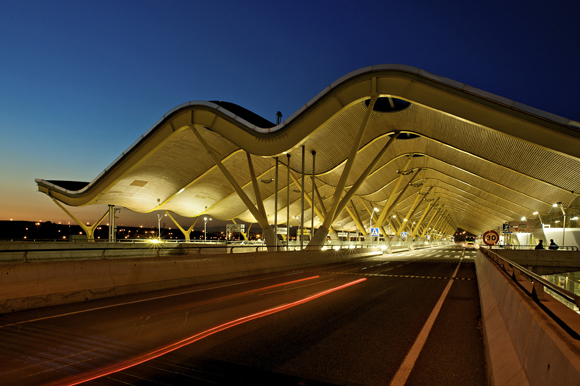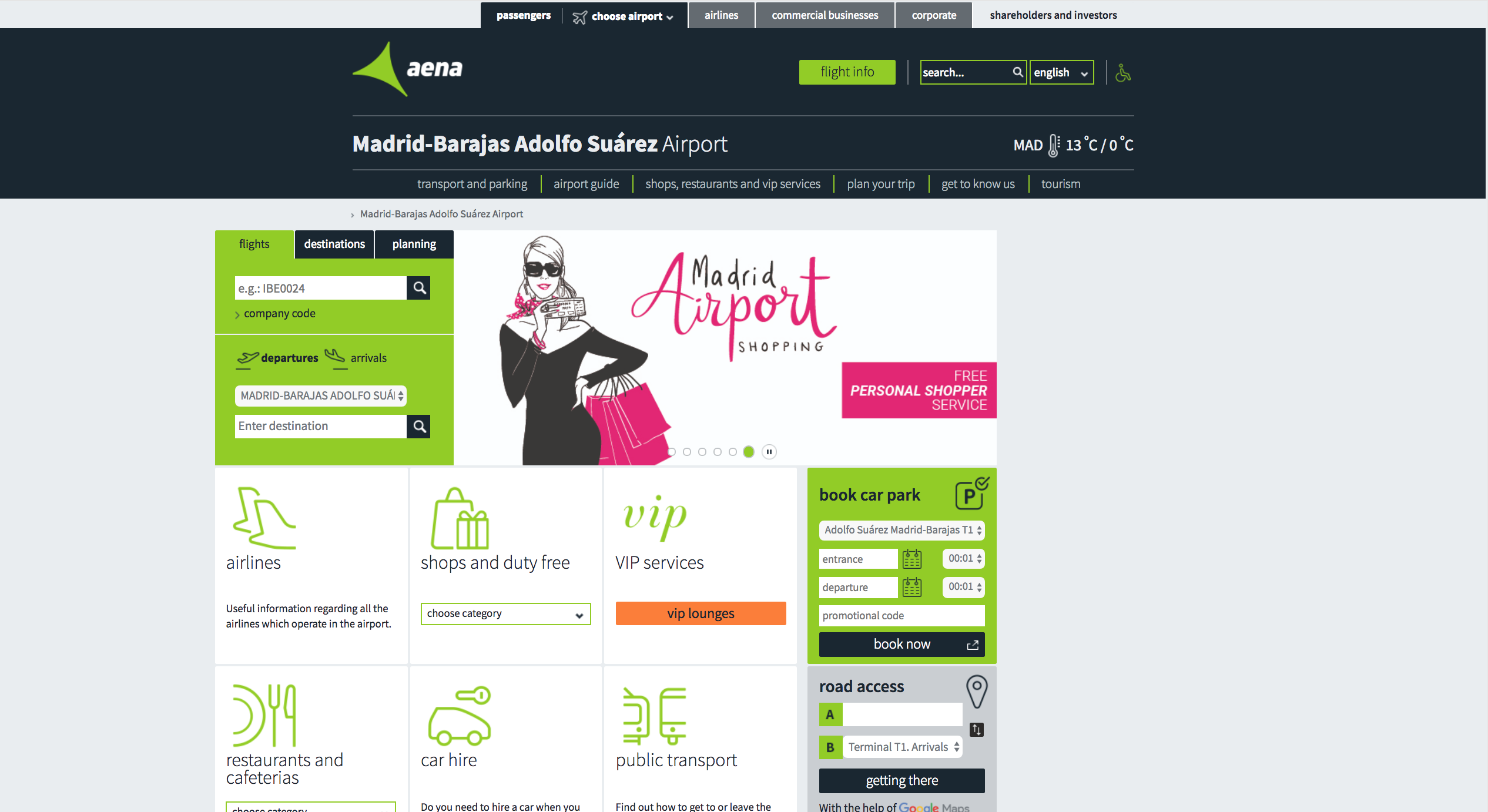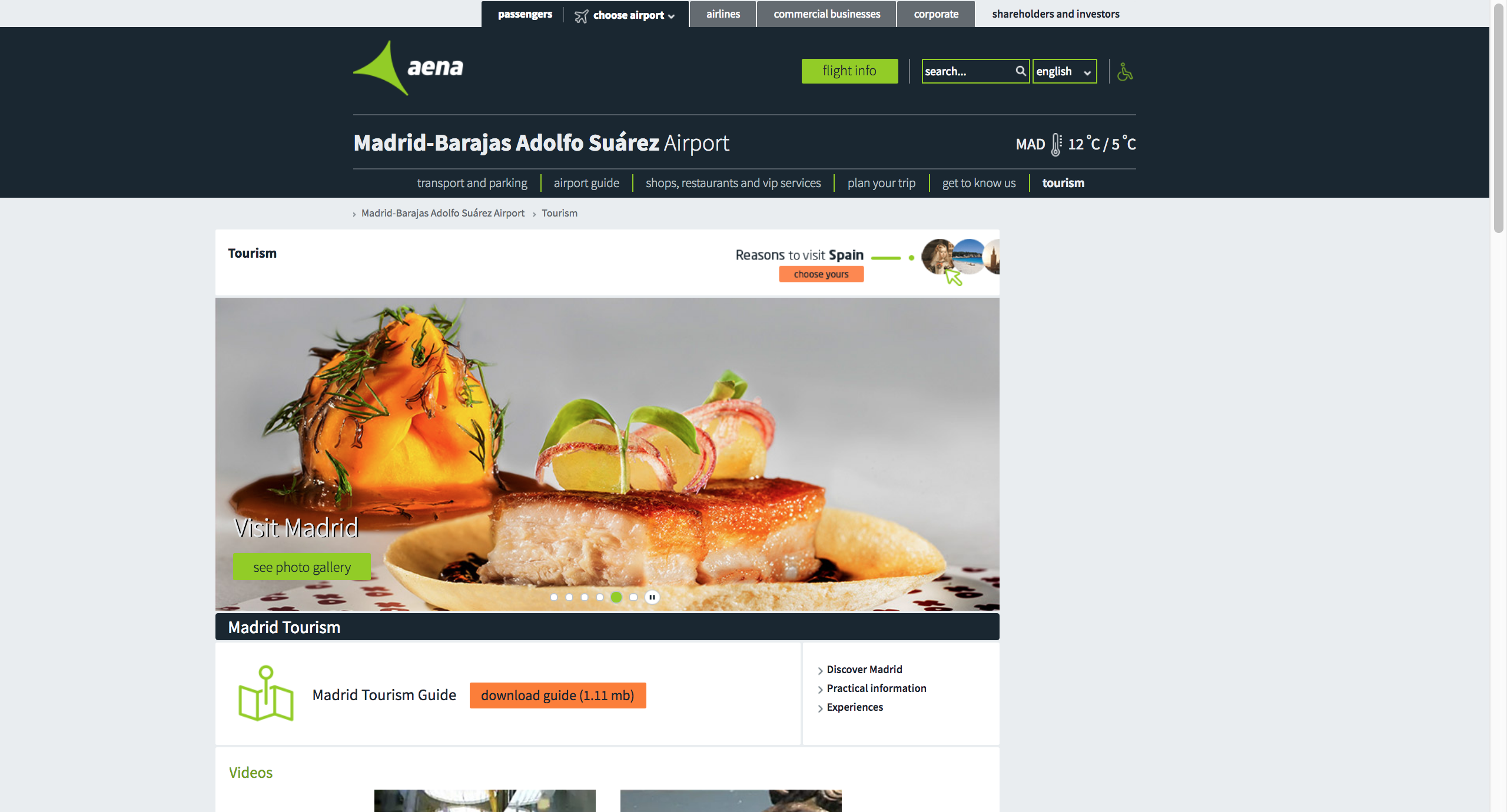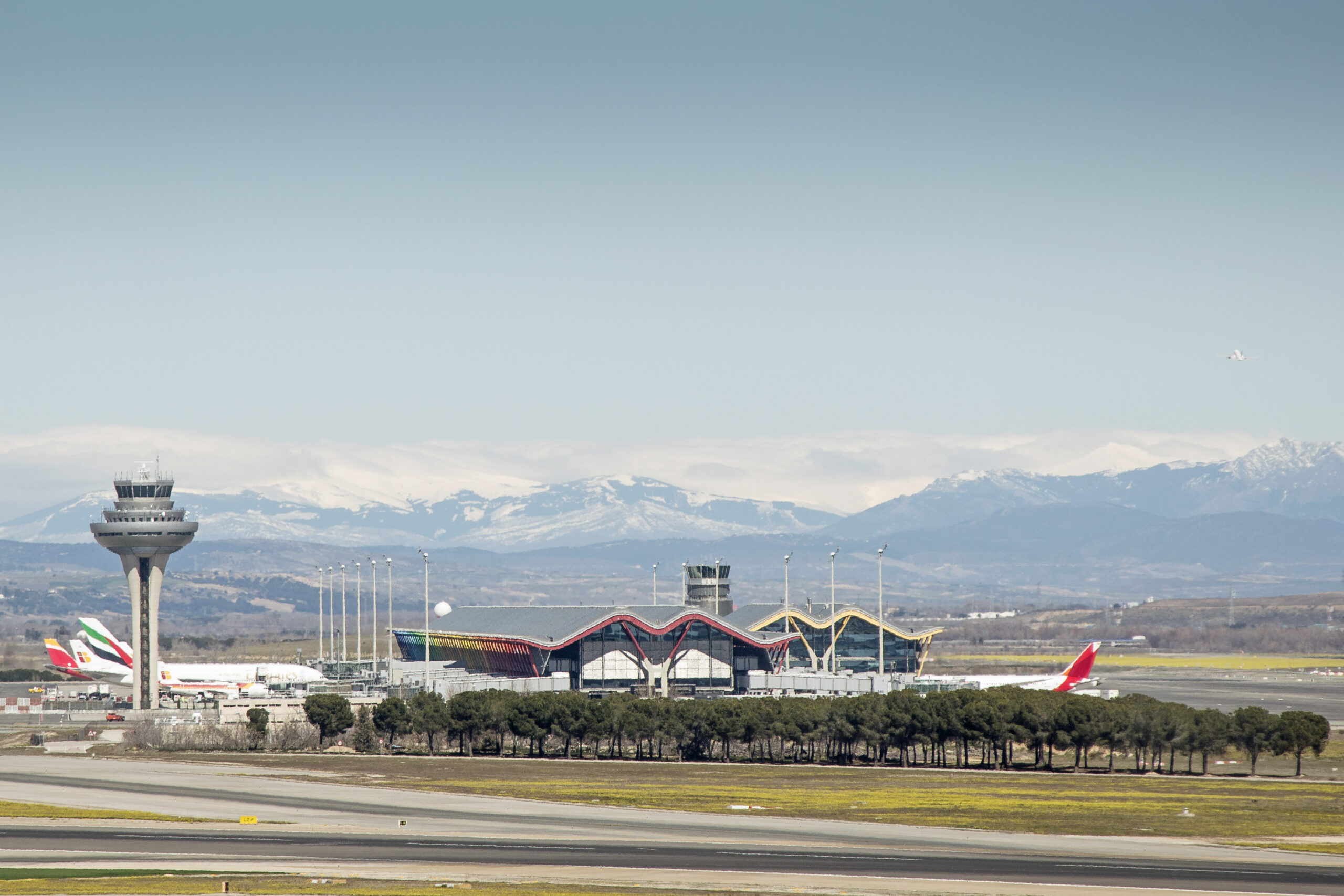
Meet Judy Free: our digitally-minded millennial reporter, on a mission to explore the best – and worst – that airport websites have to offer.
This week, Judy’s virtual voyage takes her to Spain, where she’s traversing the online world of Madrid-Barajas Adolfo Suárez Airport. Will the website meet her tech-savvy standards?
Named for a former Spanish president, Madrid-Barajas Adolfo Suárez Airport is Spain’s busiest airport and the fifth-busiest in the European Union (in terms of passenger traffic). It is managed by AENA (Aeropuertos Españoles y Navegación Aérea) and served around 57.9 million passengers in 2018.
Madrid-Barajas seems to have succeeded in keeping those customers happy, winning several accolades throughout the years. These include Best Airport in Southern Europe at the Skytrax World Airport Awards in 2017, and Best Airport of Europe in the ‘over 20 million passengers’ category at the ACI Europe Awards in the same year.
It’s safe to say that the airport is leading the way in Spanish aviation, but does this consistently good performance translate to the digital world as well? Let’s find out.d



 Design that does the trick
Design that does the trick
Being part of such a large network of airports means that the web design needs to adhere to certain corporate branding standards. The AENA network has 46 airports in Spain alone, so standardised branding and design makes sense, even if it sacrifices a certain level of individuality.
A quick look around reveals a highly functional web design that’s easy to navigate considering the amount of information that’s available. There are six slides in the main carousel that tackle different airport highlights and six clickable icons with drop-down category options that are easy to understand.
From the airport homepage users can source useful information about their flights, plus a directory of VIP lounges, duty free shops, restaurants and bars and transport information.
 A missed opportunity for ecommerce
A missed opportunity for ecommerce
From luxury classics including Burberry, Carolina Herrera, and Bulgari, to high-street favourites such as Zara, Parfois, and Victoria’s Secret, there’s plenty of duty free shopping to choose from. The website provides all the information you need to navigate the airport’s 87 shops spread across five terminals.
The one setback, however, is that there is no option to shop online. Considering AENA is one of the world’s biggest airport management companies, the lack of ecommerce seems like a huge missed opportunity.


¿Hablas español?
With so much footfall at Madrid-Barajas Airport, it seems natural that the website should have a dedicated tourism landing page. This is a comprehensive resource on all things of interest to tourists in the city and includes videos, practical information and free downloadable digital city guides for major Spanish cities.
The only problem is — none of the guides are available in English. This is another missed opportunity to inspire non-Spanish-speaking travellers to explore what Spain has to offer, and could be quickly amended.

The Judy verdict
Plenty of information and simple navigation make the website very easy to use, resulting in a pleasant user experience.
However, I feel some obvious opportunities have been missed. For example, the lack of ecommerce ignores the potential for digital travel retail revenue, while the lack of English-language city guides makes the entire tourism page useless for non-Spanish speakers.
My take? Small changes could go a long way, and with a company as effective as AENA these are all certainly possible.
Create multi-language city guides. Make minor branding tweaks to individual airport landing pages to add character and distinction for different airports across the network. Finally, include an ecommerce page to open doors to digital travel retail customers.












